Comparative analysis Normal Worksheets for Ages 3-9
6 filtered results
-
From - To
Our "Comparative Analysis Normal Worksheets for Ages 3-9" are specially designed to enhance the learning journey of young children. Tailored for early learners, these worksheets focus on developing essential skills such as observation, critical thinking, and analytical abilities. With engaging activities and vibrant visuals, children can easily compare and contrast objects, sizes, shapes, and quantities. Whether used at home or in a classroom setting, our worksheets provide a fun, interactive way to build foundational skills that prepare kids for future academic success. Explore our collection today and watch your child thrive in their early learning adventures!


Amphibians vs Reptiles Worksheet for 3rd Grade
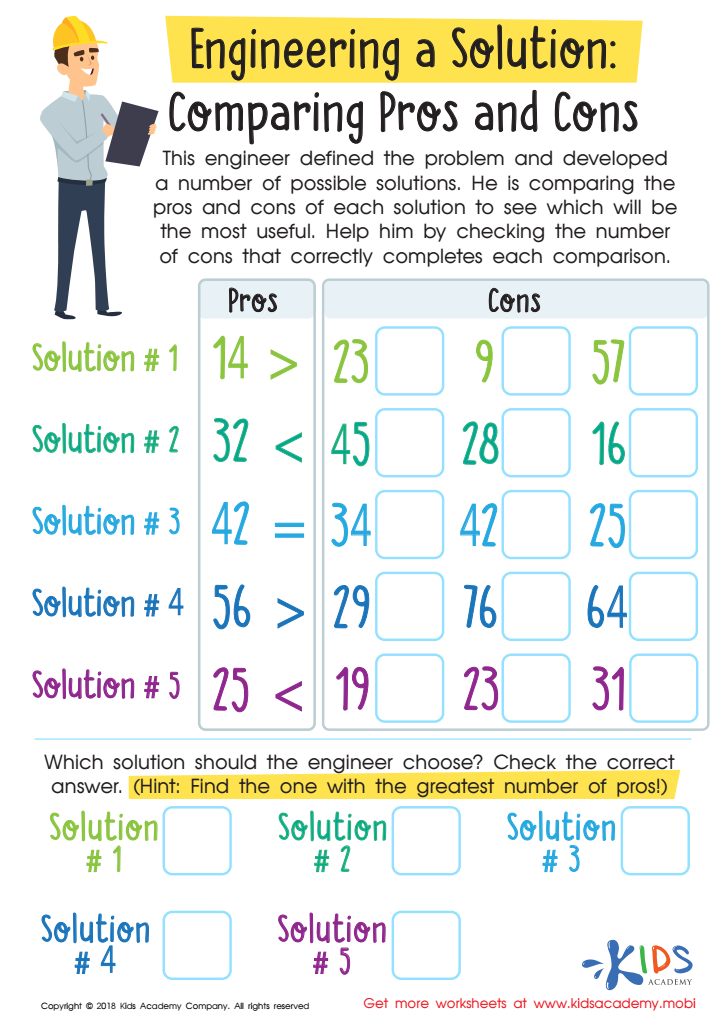

Engineering a Solution: Comparing Pros and Cons Worksheet
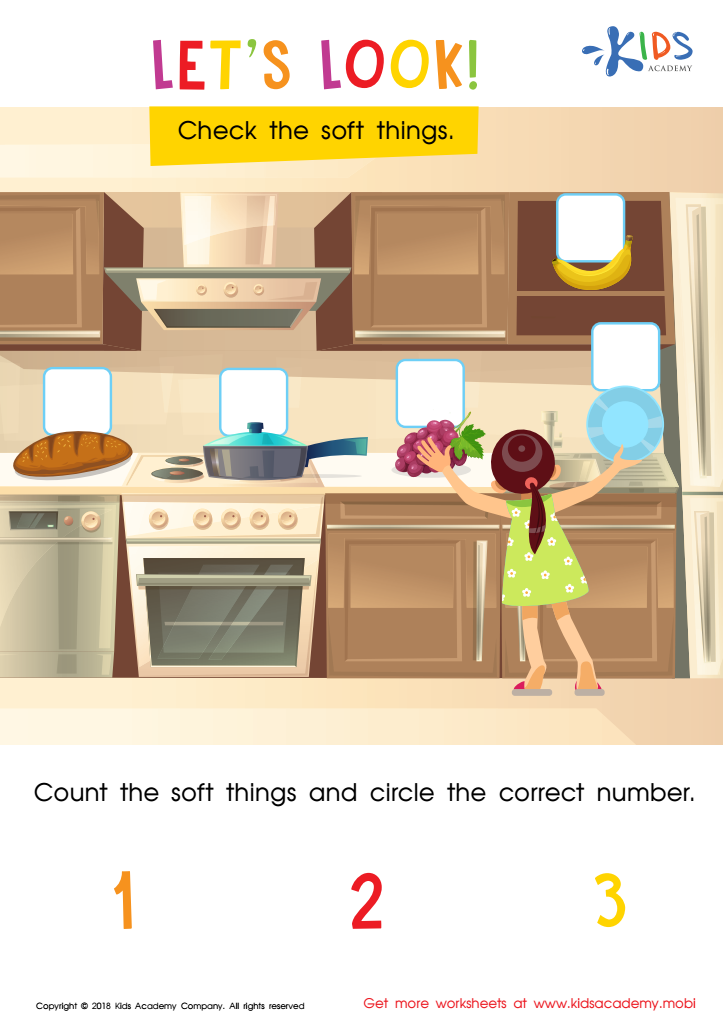

Let's Look! Assessment Worksheet
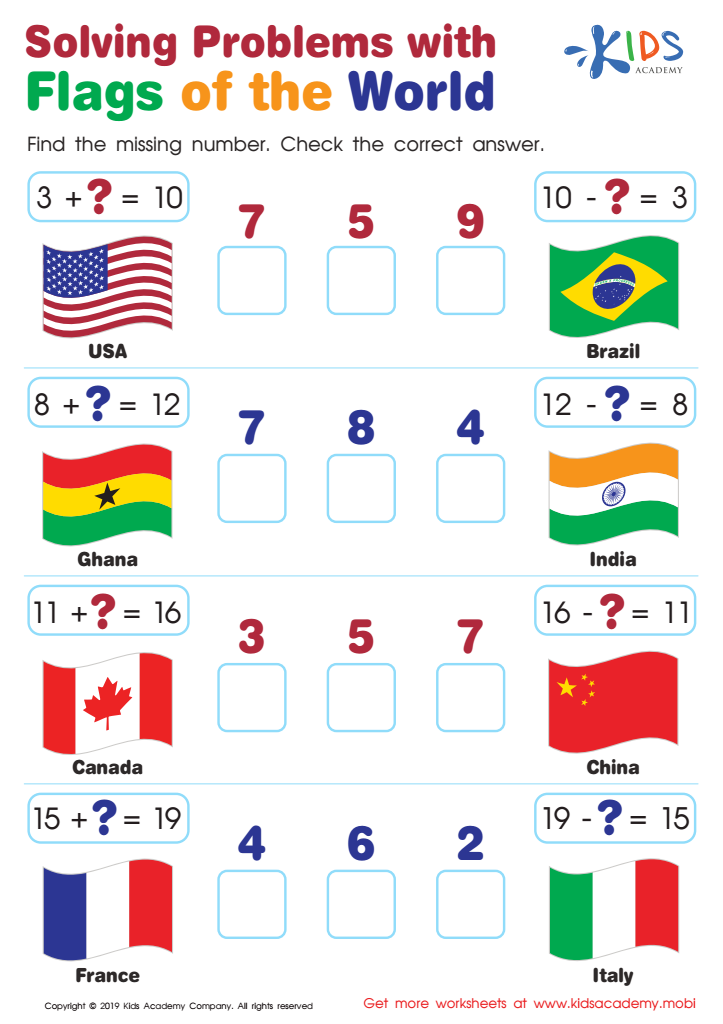

Solving Problems with Flags of the World Worksheet
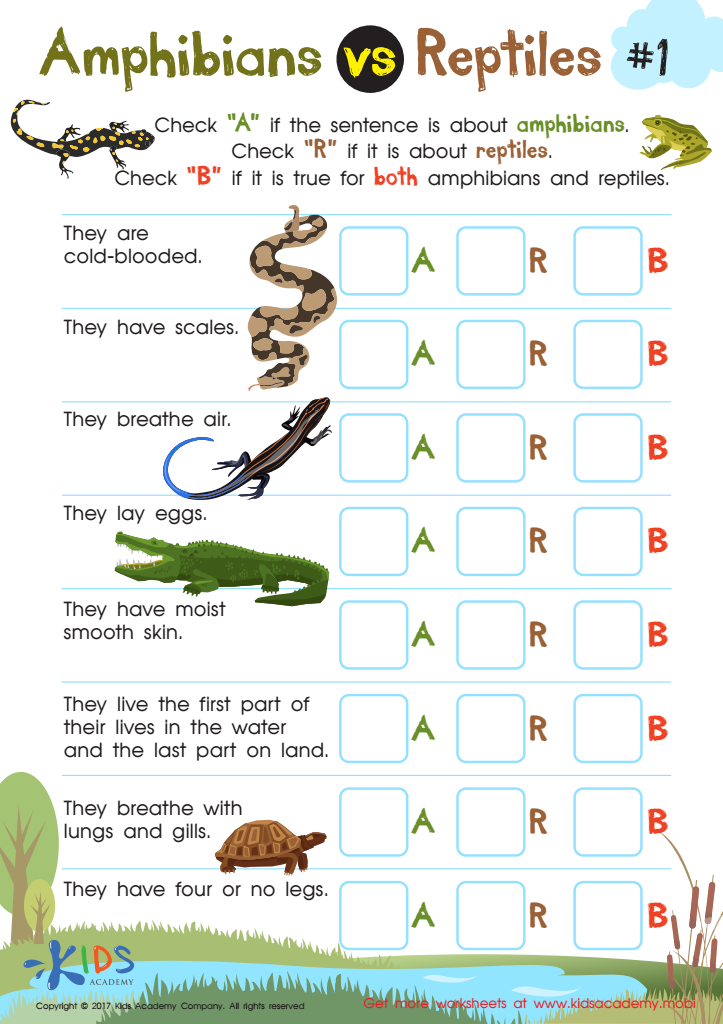

Amphibians vs Reptiles Worksheet
Parents and teachers should pay attention to comparative analysis norms for children ages 3 to 9 because these benchmarks are crucial for tracking developmental progress. These norms help identify whether a child is meeting expected milestones in physical, cognitive, social, and emotional development, thereby ensuring they are on a healthy growth trajectory. For instance, understanding average language development can alert educators and parents if a child is experiencing delays, prompting early interventions that can bridge gaps before they widen.
Furthermore, knowing these norms helps customize learning experiences, catering to each child’s unique pace and ability. For example, a teacher can modify classroom strategies if a student is ahead or behind, thereby fostering a differentiated learning environment. Similarly, parents can use these analyses to structure at-home activities that support their child's developmental stage, enhancing their growth holistically.
Additionally, these norms serve as a common language for teachers and parents during consultations, ensuring both parties are aligned in their understanding and expectations of a child's progress. This synergy can lead to more effective, co-partnered strategies for addressing any identified concerns.
In summary, understanding and utilizing comparative analysis norms for ages 3 to 9 empowers parents and teachers to promote balanced development, enabling timely support and fostering an optimal growth environment for children during their formative years.
 Assign to My Students
Assign to My Students


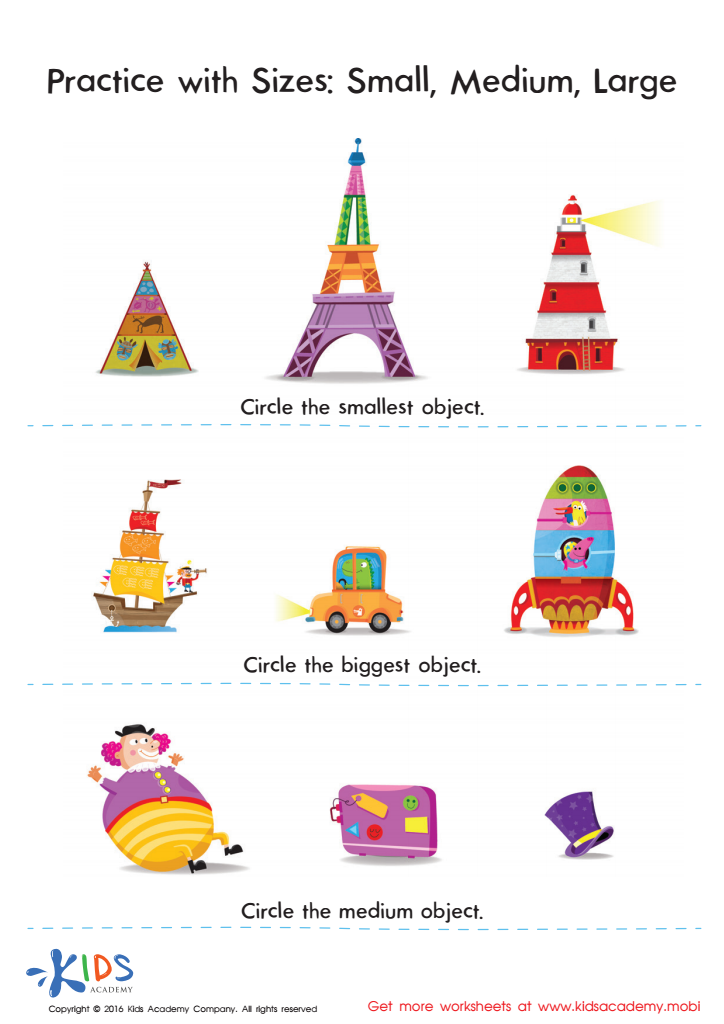





.jpg)













